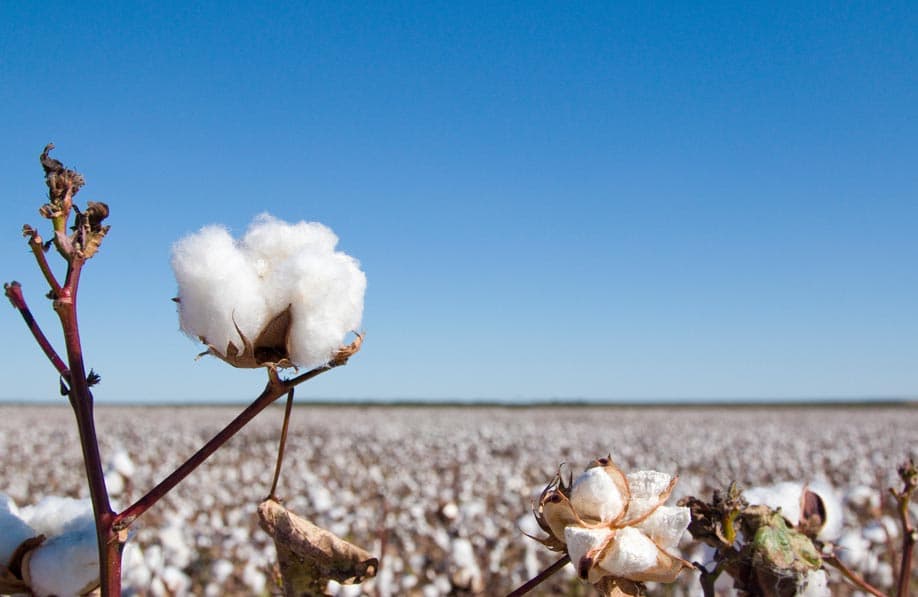You hear the word “organic” all the time, but what does it actually mean?
Technically speaking, organic cotton is defined as cotton that is grown without any synthetic chemicals and for which no genetically engineered seeds have been used. Also, the land on which organic cotton is grown needs to have been free of synthetic chemicals for a minimum of three years prior to growing organic cotton.
These strict standards mean that organic cotton is highly regulated, expensive to produce and only available in small quantities.
Less Than 1% Of The World’s Cotton Supply Qualifies As Organic
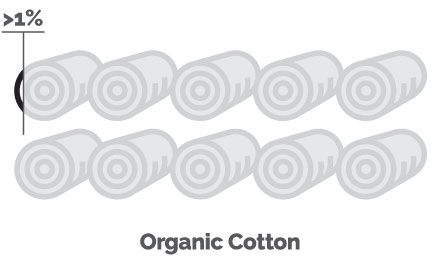
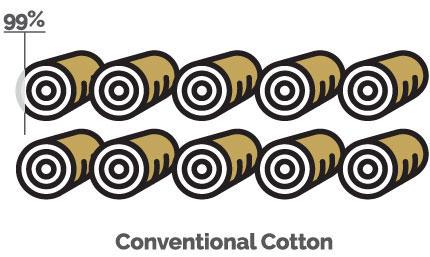
What Are The Biggest Differences In Organic Cotton Production And Conventional Cotton Production?
Production of organic cotton is much more labor intensive than that of conventional cotton and it generates less harvestable crop.
To Produce Organic Cotton, You Must:
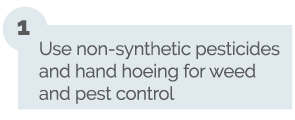
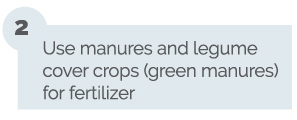

But that’s not all. In the U.S., organic growers must adhere to strict management practices outlined by the USDA’s National Organic Program (NOP) and must undergo audits and field inspections. An organic grower is required to grow a crop according to the NOP guidelines for three years before being eligible for USDA Organic certification.
Conventional cotton production, on the other hand, uses both synthetic and non-synthetic inputs and allows the use of biotechnology. As a result, yields are much higher, and the use of synthetic herbicides in conjunction with herbicide-resistant crops reduces labor and energy.
Is Organic Cotton Safer? Softer? Purer? What’s The Big Difference?
In short, no. The term “organic” refers simply to how it’s produced. In fact, conventional cotton is tested for over 200 toxic substances including pesticides, heavy metals, formaldehyde, PCPs and defoliants by the Hohenstein Institute in Germany following Eco-Tex 100 standards.
Is Organically Grown Cotton More Sustainable Than Conventionally Grown Cotton?
No, not necessarily. In the grand scheme of things, conventional cotton production has only been around roughly a century compared to organic cotton production’s 5,000-year history. How sustainable a specific crop is depends on the specific grower’s situation.
Does Organically Grown Cotton Have Similar Yields To Conventionally Grown Cotton?
No. Conventional cotton benefits from all sorts of technology that make it more efficient, such as genetically modified seed varieties and better pest- and weed-management strategies. In 2015 and 2016, organic production was down 19% and 16%, respectively, compared to conventional production. It may not seem like much, but that’s a 1.5 million acre difference, or roughly one Delaware.
Also, organically produced cotton has to use organic fertilizers (animal manure), which are naturally high in Potassium (K) and Phosphate (P) but lower in Nitrogen (N), the most essential element. Synthetic fertilizers break down much more quickly and provide a balanced formulation of nutrients to the plant.
What’s The Long-Term Outlook For Organic And Conventional Production?
In 2017, the U.S. Cotton industry set aggressive sustainability goals that may not be possible for organically produced cotton due to lower yields and the production differences listed previously. Over the next 10 years, some of these goals, such as increasing soil carbon by 30%, increasing land use efficiency by 13% and decreasing soil loss per acre by 50% may only be achievable with conventional methods.
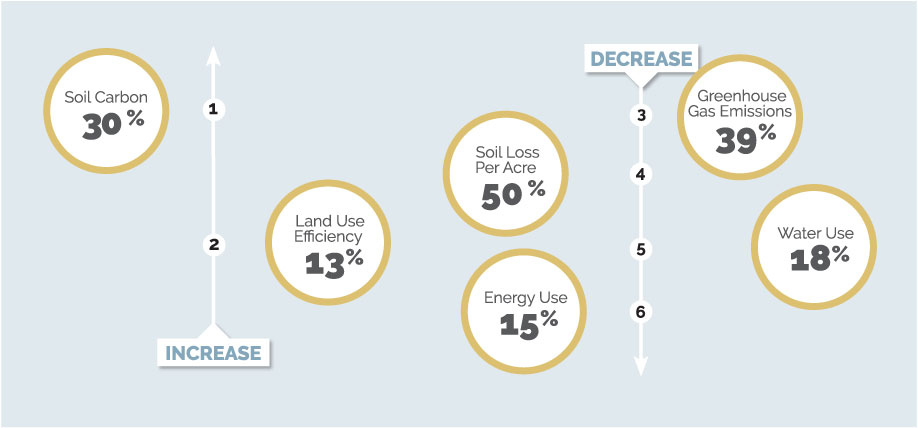
For more information on conventional production methods and our sustainability goals, visit cottontoday.cottoninc.com.



